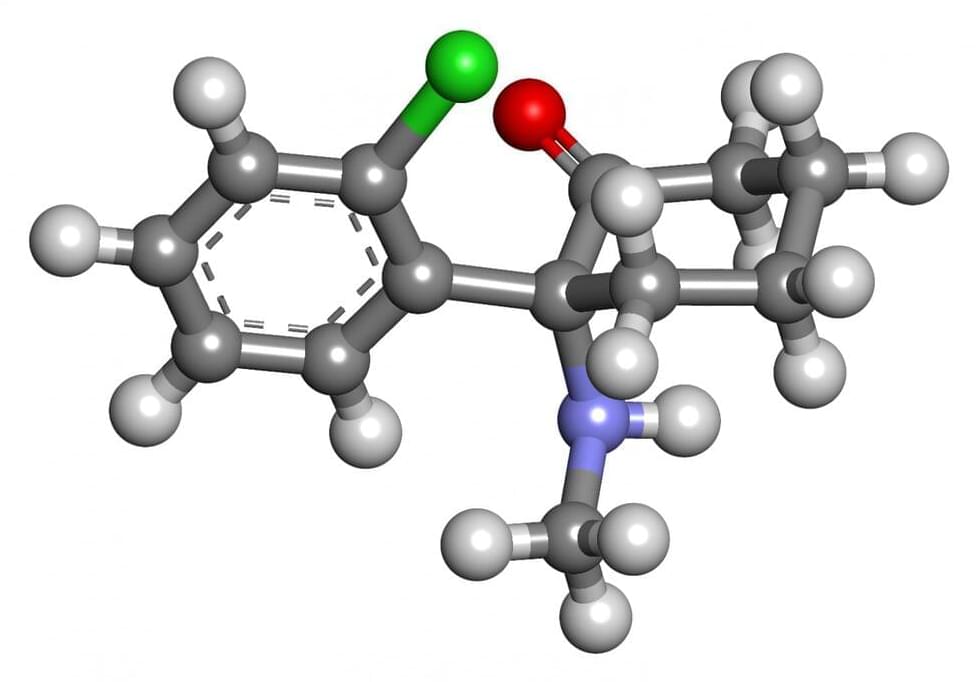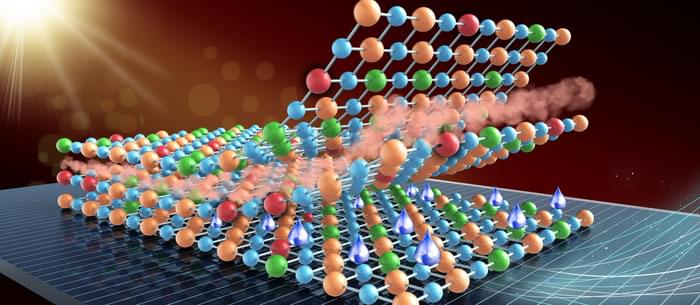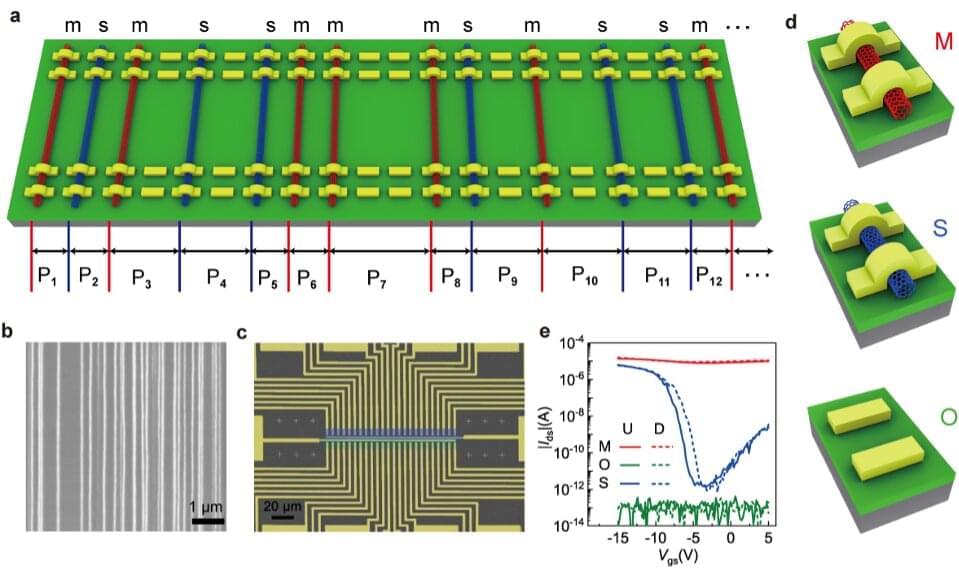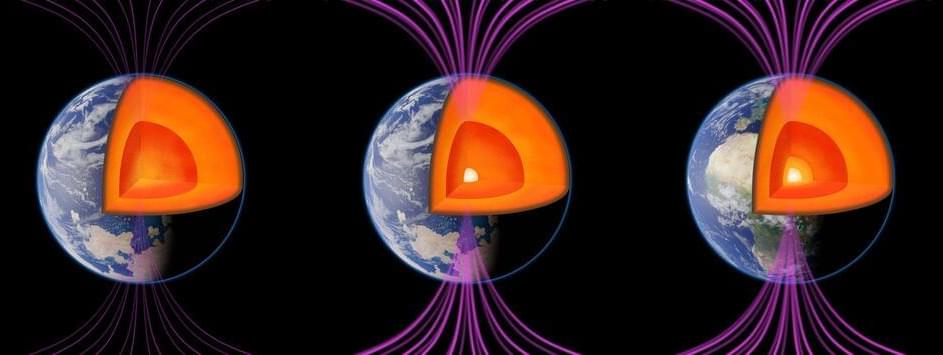Jul 29, 2022
Ketamine found to be unlikely to lead to addiction
Posted by Saúl Morales Rodriguéz in categories: biotech/medical, neuroscience
A team of researchers at the University of Geneva has found that ketamine is unlikely to be addictive to people who use it for extended periods of time. In their paper published in the journal Nature, the group describes their study of the impact of the synthetic compound on the brains of mice and what they learned about its impact on different brain regions. Rianne Campbell and Mary Kay Lobo, with the University of Maryland School of Medicine have published a News and Views piece in the same journal issue outlining the work done by the team in Switzerland.

















